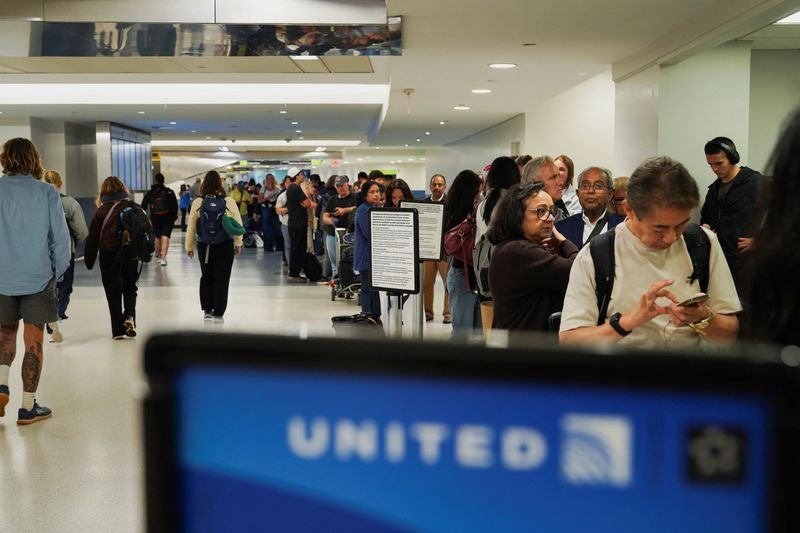U.S. Proposes Extension of Flight Reductions at Newark Airport Until October 2026
In a significant move aimed at improving air travel efficiency and managing congestion, the U.S. government has proposed extending flight reductions at Newark Liberty International Airport until October 2026. This initiative is part of broader efforts to streamline operations and enhance the traveling experience for passengers.
Background of Newark Airport Flight Reductions
Newark Liberty International Airport, one of the major hubs in the northeastern United States, has faced challenges in managing air traffic and ensuring timely departures and arrivals. To address these concerns, the government implemented temporary flight caps, which have helped reduce congestion.
The proposal to extend these flight reductions reflects a continued commitment to maintaining operational efficiency. These measures will not only benefit airlines but also enhance the overall experience for travelers.
Reasons Behind the Proposal
The decision to recommend extending these flight cuts stems from several key concerns:
Traffic Management: Newark Airport consistently faces congestion issues, particularly during peak travel periods. By limiting the number of flights, the airport can reduce delays and provide a more reliable schedule for airlines and passengers alike.
Environmental Concerns: Limiting the number of flights can also reduce the airport’s carbon footprint. Fewer takeoffs and landings lead to lower emissions, contributing positively to environmental sustainability efforts.
- Passenger Experience: Reducing congestion can significantly improve the passenger experience. Delays, crowded terminals, and long wait times can be frustrating for travelers, and this proposal aims to alleviate those issues.
Impact on Airlines and Travelers
The extension of flight reductions at Newark is expected to have various implications for both airlines and travelers:
For Airlines
Airlines operating out of Newark will likely have to adapt their schedules to comply with the new flight caps. While this may present challenges in terms of capacity, it may also lead to more strategic flight planning. Airlines could prioritize their most critical routes and invest in providing better service on those flights.
For Travelers
Travelers may benefit from reduced congestion at the airport, leading to shorter wait times and a more streamlined check-in process. With a more organized flight schedule, passengers can also expect greater reliability in terms of flight departures and arrivals.
Government’s Commitment to Air Travel
The proposal to extend flight reductions at Newark Airport indicates a broader commitment by the U.S. government to enhance air travel systems across the nation. With air traffic projected to increase in the coming years, proactive measures like these are essential for maintaining high standards of safety and efficiency.
Future of Airport Operations
As travel demand continues to rise, the future of operations at Newark Airport will likely involve a combination of flight management strategies and innovative technological solutions. Investments in infrastructure and operational improvements can further optimize airport functions.
The proposed extension of flight cuts is just one facet of this larger strategy to ensure airports can handle increased traffic effectively while continuing to prioritize the comfort and safety of passengers.
Conclusion
As the government moves forward with its proposal, stakeholders including airlines, passengers, and airport authorities will be closely monitoring the implications of these flight reductions. This initiative represents a crucial step toward improving air travel experiences and managing New Jersey’s busy airport more effectively.
In summary, the extension of flight caps at Newark Airport is significant for both operational efficiency and passenger convenience. It is a proactive measure designed to enhance the flying experience while addressing the continuing challenges of air traffic congestion.
